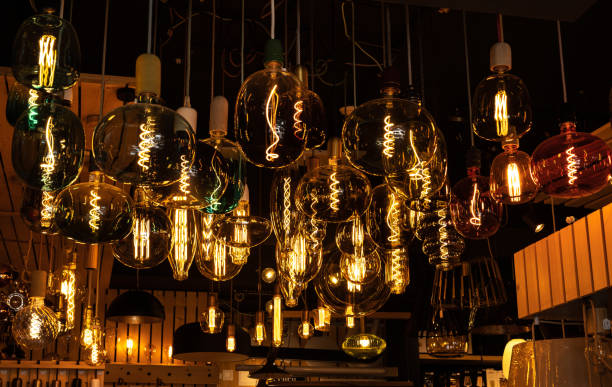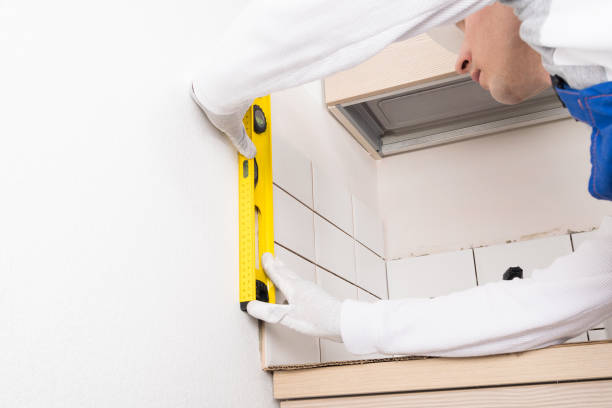Home is where you can find peace, comfort, and warmth. You can create a comfortable home by installing a heating/cooling system. You and your family may need to regulate the temperature in your home. Many people don’t know how to install home heating and cooling. This article is a guide for you.
Home Heating and Cooling Systems
There are many different types of heating and cooling systems, including options for heating Colorado Springs. It would be best to decide which system is best for you. You can choose from a variety of heating and cooling systems for your home.
Room Air Conditioners
Room air conditioners or window air conditioners cool or heat the entire home. They are less expensive than the rooms that need them, easy to install, and don’t take up much space.
Central Air and
Central air conditioning is a system that heats or cools the air in one central location within your home. The heated or cooled indoor air is circulated to and from each room by one or more fans or ductwork. A central air conditioner cannot function without a compressor.
You can choose between two central air conditioner types: a packaged unit and a split system. Split system air conditioners have an indoor cabinet that contains an evaporator and an outdoor cabinet that houses a compressor and condenser. Installing a central split-system air conditioner may be cost-effective and worthwhile if you have an existing furnace.
The compressor, evaporator, and condenser are all contained in one cabinet. This cabinet can be installed on a slab of concrete near your home’s foundation or roof. This type of air conditioner can include a natural gas furnace or electric heating coils and does not require an indoor furnace.
Maintaining An Air Conditioner System
People dislike maintaining heating and cooling systems. However, regular maintenance can reduce utility bills by a reasonable percentage. There are various ways to keep air conditioning systems.
Perform regular preventive checkups.
Pcheckup measures can help you have fewer problems. However, it’s difficult to fix some problems because they are only checked too late. You may have to replace your entire air conditioning system, which is expensive and time-consuming.
Contact a technician with experience in heating and cooling systems to schedule regular preventative checks. For example, you could hire a technician to inspect the air, furnaces, and ventilation systems in the spring and autumn.
Review and Manual
The owner’s guide you receive during the installation of your heating or cooling system is not meant to be hidden in a drawer. The manual is designed to help you with all aspects of your heating and cooling system. Review all details regarding system maintenance.
The manual also includes a schedule of checkups and checkups for professionals. Do not ignore this information for the health of your acheckupstioner.
Replace filters and seal leaks in ductwork.
When a furnace or air conditioner distributes air, some may leak out through the holes and cracks. To avoid leaks, use durable materials when installing your ductwork.
Seal duct leaks before they cause excessive damage. Mastic sealant or fiberglass are the best materials. Duct sealing helps control dust and moisture within the duct. Professional technicians who specialize in heating and cooling systems can provide duct sealing.
It is also essential to clean or replace your filters at least once a month and more often during high-usage seasons. This will reduce the cost of your heating and cooling system and allow it to function for longer.
Conclusion
You may be interested in the cost of air conditioning installation or want to begin your heating and cooling journey. These tips could help you achieve the home that you have always wanted.



